Intel's Arrow Lake-S CPUs: A New Era of Performance and Efficiency in Desktop Processing
Sep-24-2024
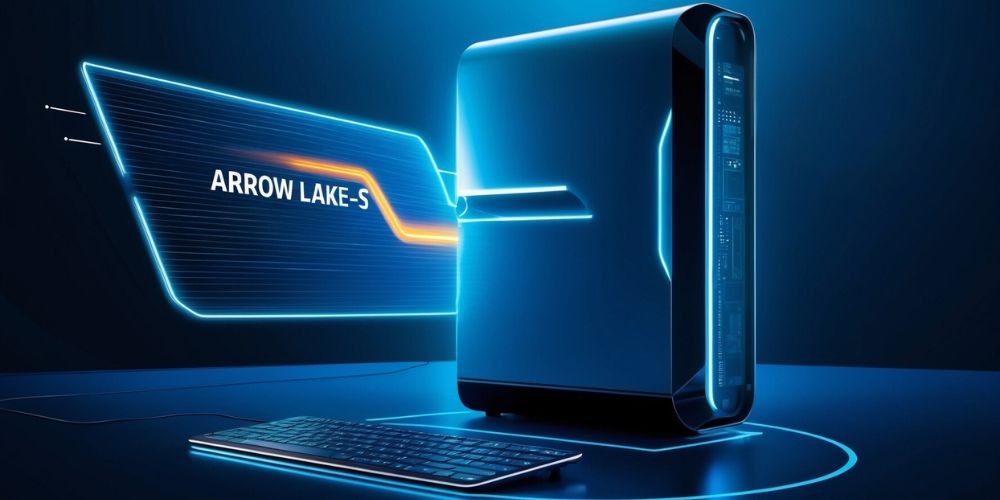
In the world of personal computing, the continual race for more powerful and efficient processors has led to an exciting new chapter with Intel's upcoming release of Arrow Lake-S Desktop CPUs. Lauded for their innovative approach to power ratings and performance profiles, these chips promise to redefine user experiences. As enthusiasts and professionals alike anticipate this release, it becomes essential to dissect the features and implications of these new CPUs. This article provides a comprehensive overview of Intel's latest advancements, particularly focusing on the unlocked SKUs within the Arrow Lake-S lineup.
Intel Arrow Lake-S Overview
The Intel Arrow Lake-S Desktop CPU series represents a significant upgrade in Intel's product lineup, heralding the arrival of K-series unlocked SKUs. This new family of processors includes the flagship Core Ultra 9 285K, the mid-tier Core Ultra 7 265K, and the entry-level Core Ultra 5 245K. Each model is engineered with distinct specifications to cater to a broad range of users—from casual gamers to dedicated creators—ensuring that everyone can find a suitable fit for their processing needs.
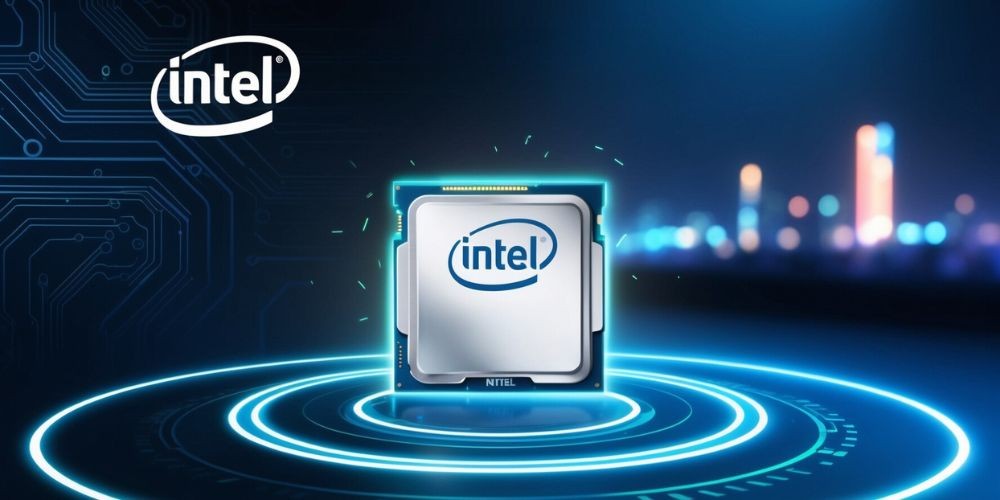
Initial leaks provided insight into the power ratings and Thermal Design Powers (TDPs) of these upcoming processors. However, recent developments suggest that Intel has refined these ratings, particularly in relation to the "Performance" profiles. The Arrow Lake-S CPUs promise to deliver impressive performance metrics, setting the stage for intense competition among mainstream PC processors.
Performance Profiles Explained
Intel's architecture revolves around three primary power profiles: Baseline, Performance, and Extreme. The Baseline profile is designed to adhere to Intel's specified wattage and power limits, ensuring stability across all motherboards equipped with LGA 1700 sockets. The newer Performance profile, meanwhile, aligns the Processor Limit 1 (PL1) with the Processor Limit 2 (PL2) to unlock greater performance potential, albeit at the cost of increased power consumption.
Strengthening this concept is the introduction of the "Extreme" profile, which is available on certain high-end variants such as the KS series. For users seeking an exhilarating computing experience, the Performance profiles grant an opportunity for greater customization and further optimization of their CPUs.
Power Ratings and TDPs
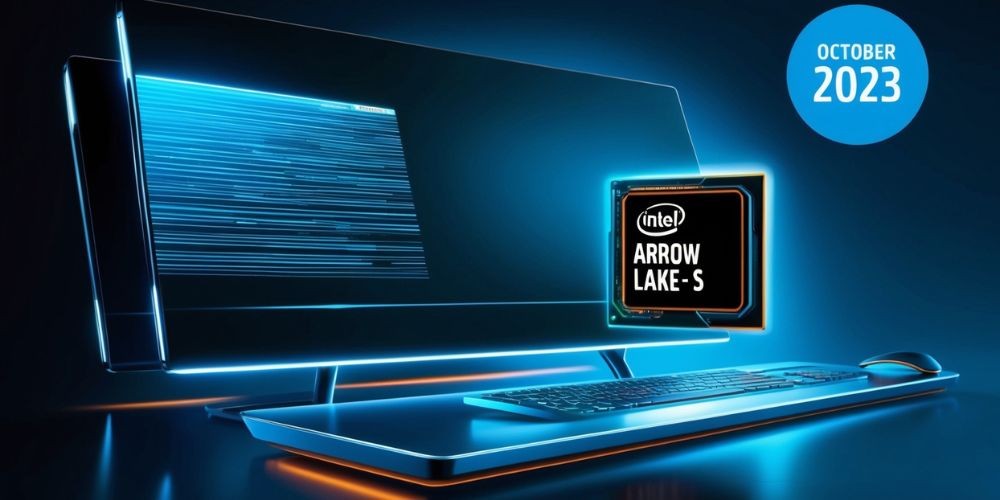
In the Arrow Lake-S lineup, the Core Ultra 9 285K and Core Ultra 7 265K will support a maximum TDP of 250W under the Performance profile, showcasing a substantial increase over previous generations. In contrast, the Core Ultra 5 245K operates at a more conservative 159W under similar conditions. This nuanced approach to power ratings not only reflects Intel's commitment to performance but also showcases its consideration for energy efficiency when necessary.
Optimizing Performance with BIOS Settings
For those eager to elevate their computing experience, transitioning to the Performance profile can be accomplished through the motherboard’s BIOS settings. This process empowers users who are keen on achieving maximum output from their new processors. It is worth noting, though, that the default Baseline profile remains in place to ensure a stable operation for those who prioritize reliability over extreme performance.
User-Controlled Performance
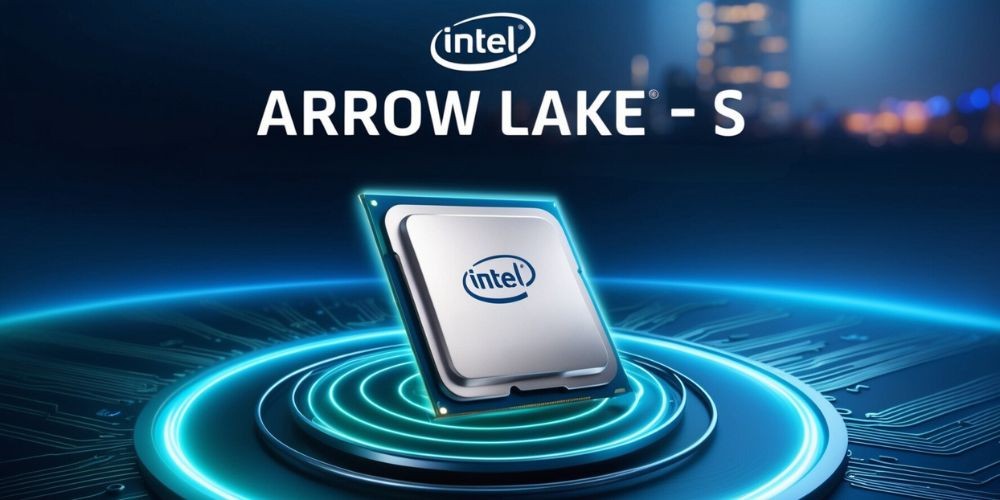
Similar to AMD's Precision Boost Overdrive (PBO), Intel's Performance profiles encourage users to take control of their computing experience. While the Baseline setting is adequate for everyday tasks, avid gamers and content creators will find that the Performance profile unlocks capabilities that push their systems to the limit—an enticing prospect for users who want every ounce of potential from their setup.
Addressing Stability Concerns
Intel has learned from previous generations of its processors, implementing measures to ensure stability in their latest offerings. With the 13th and 14th generation Raptor Lake CPUs, there was a clear emphasis on delivering a stable and reliable performance experience. To that end, Intel rolled out updated BIOS and microcode patches that have effectively reduced reports of instability among users, leading to a more reliable computing environment.
In doing so, Intel has laid a strong foundation for the Arrow Lake-S CPUs, ensuring that users can smoothly transition to these new processors without the apprehension that often accompanied earlier releases.
Aiming for Energy Efficiency
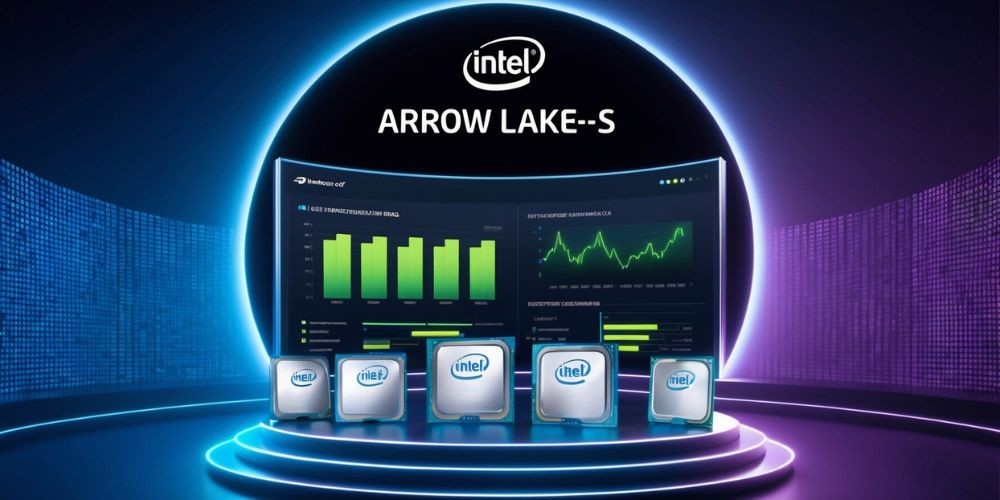
Intel’s Arrow Lake-S CPUs are touted to consume significantly less power than their predecessors, showing a reduction of up to 100W compared to the Raptor Lake series. This shift emphasizes not only a preference for higher performance rates but also a simultaneous commitment to energy efficiency—an increasingly important factor in today’s environmentally conscious market.
This evolution in design reflects a broader trend within the technology sector, where power consumption and efficiency have become paramount considerations in processor development.
Anticipation for Launch
The Intel Arrow Lake-S "Core Ultra 200" Desktop CPUs are set to make their grand entrance in October 2023. With a debut planned for the 10th and a more extensive launch slated for the 17th, both Intel and its competitors, including AMD, face keen scrutiny as they navigate this competitive landscape. Given recent criticisms of launch issues surrounding earlier CPU generations, stakeholders are eager to observe whether Intel can deliver a smoother rollout this time around.
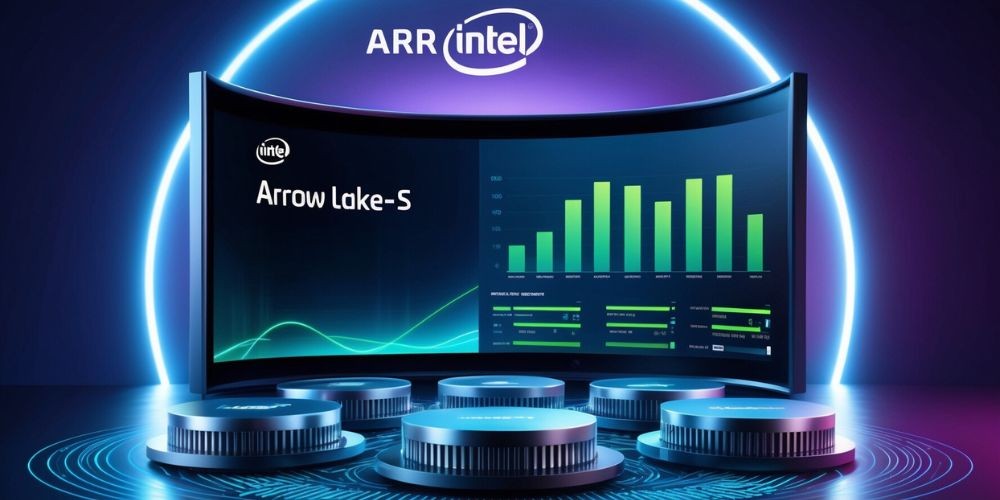
With promising innovations in the works, the anticipation surrounding Intel's Arrow Lake-S processors is palpable. By listening to feedback from users and integrating advanced technology solutions, Intel aims to carve out a solid position in a challenging market. The stage is set, and as October approaches, enthusiasts and professionals alike can only wait with bated breath for what promises to be a transformative moment in computing history.
Final Thoughts
In summary, Intel's Arrow Lake-S CPUs represent an exciting leap forward in desktop performance. With a focus on user-oriented profiles and power efficiency, these processors are positioned to cater to a diverse array of consumers, from casual users to hardcore gamers. The evolution of power ratings and BIOS-controlled profiling sets a new standard in the industry, making this release one to watch closely. When these processors become available, it will be intriguing to observe their performance and the influence they have on the future of computing.







